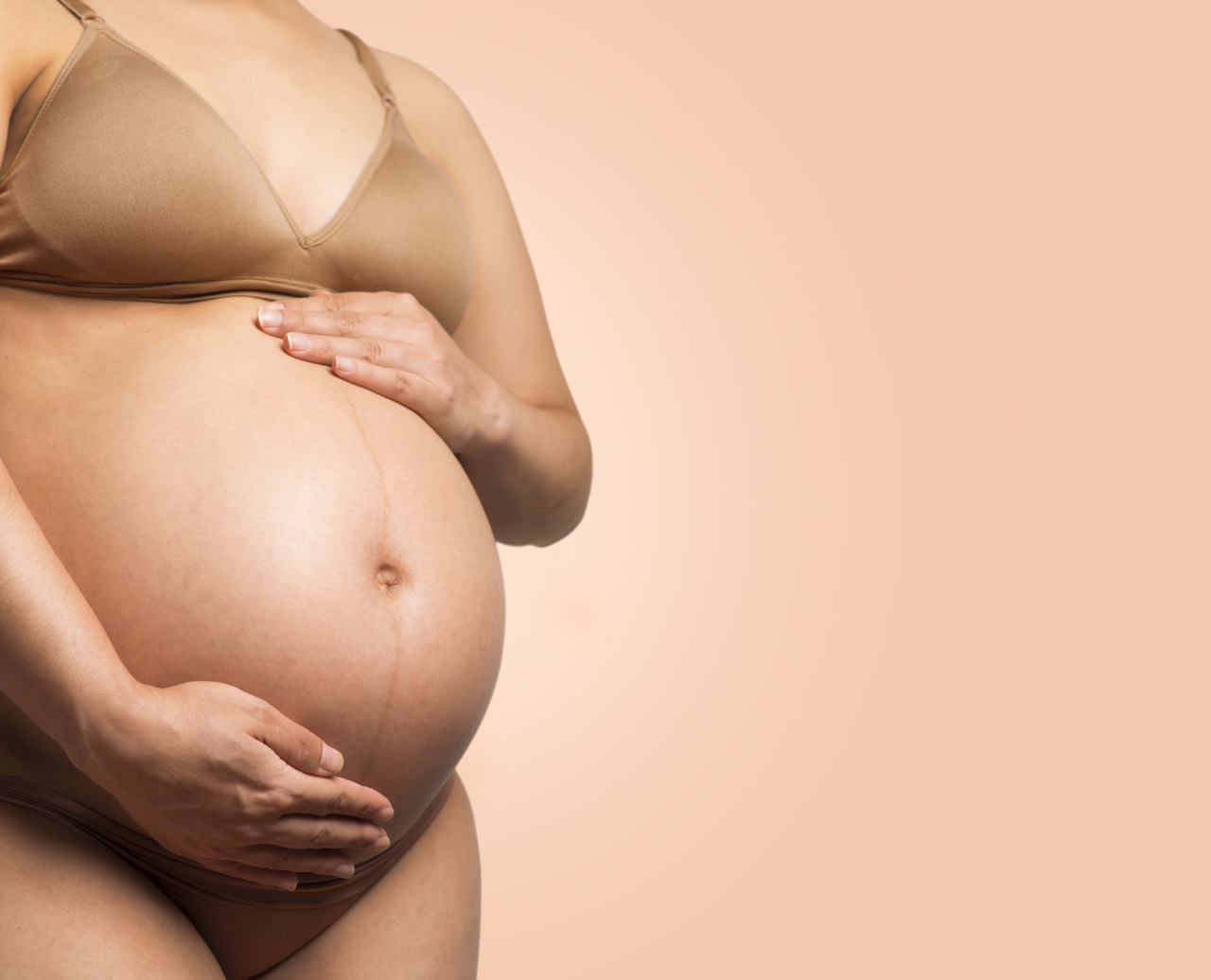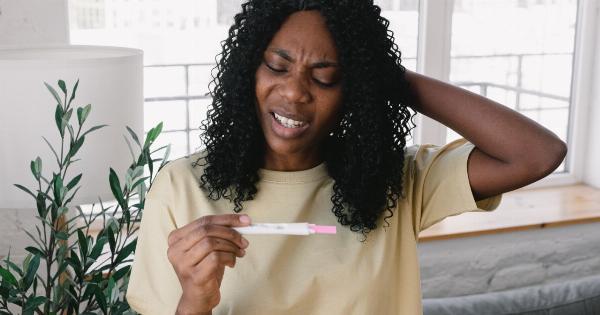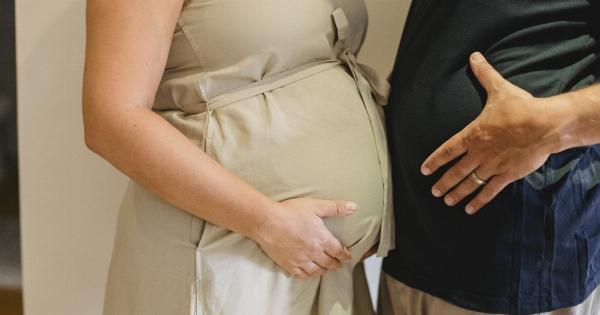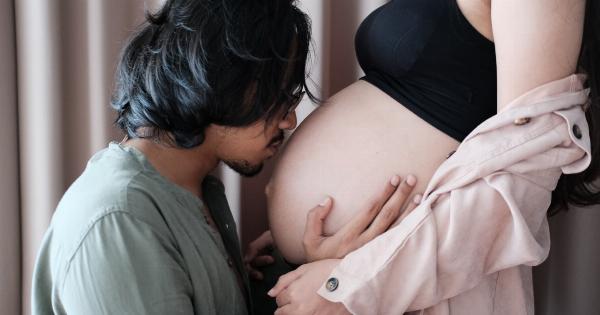Uterine contractions are a natural part of pregnancy, as your uterus prepares for labor and delivery. These contractions can occur throughout pregnancy, but become more intense and frequent as you approach your due date.
Understanding uterine contractions during pregnancy can help you recognize the signs of labor and prepare for the arrival of your little one.
Types of Uterine Contractions
There are two types of uterine contractions: Braxton Hicks and labor contractions.
Braxton Hicks Contractions
Braxton Hicks contractions are also known as “practice contractions” and can occur as early as the second trimester. These contractions are usually irregular, are not painful, and do not result in labor.
They are a normal part of pregnancy and help your uterus prepare for labor.
Labor Contractions
Labor contractions are different from Braxton Hicks contractions and are what you experience during actual labor and delivery.
These contractions are regular, become increasingly intense and painful, and help your cervix to dilate and efface in preparation for delivery.
Signs of Uterine Contractions during Pregnancy
As your pregnancy progresses, you may begin to notice the signs of uterine contractions. These signs include:.
- Increasing frequency and intensity of contractions
- Menstrual-like cramping in your lower abdomen
- Low back pain or pressure
- Pelvic pressure or discomfort
- Increase in vaginal discharge
- Bloody show (mucus and blood discharge from your cervix)
If you experience any of these signs, it is important to note the time of the contractions and their frequency. This will help you to determine if you are experiencing Braxton Hicks contractions or true labor contractions.
If you experience regular contractions that become increasingly intense and painful, you may be in labor and should contact your healthcare provider right away.
Managing Uterine Contractions during Pregnancy
While Braxton Hicks contractions are normal and do not require any medical intervention, you can manage them by:.
- Changing positions or activities
- Drinking water or staying hydrated
- Taking a warm bath or shower
- Applying heat or cold to your abdomen
For labor contractions, managing pain becomes more important. Your healthcare provider can recommend pain management options, including:.
- Breathing and relaxation techniques
- Massage and counterpressure
- Pain medications, such as epidural anesthesia
Conclusion
Uterine contractions are a normal part of pregnancy and can occur throughout your pregnancy. Understanding the types of contractions and their signs can help you prepare for the arrival of your little one.
If you experience any signs of labor, it is important to contact your healthcare provider right away. With proper management and care, you and your baby can have a safe and healthy delivery.


























